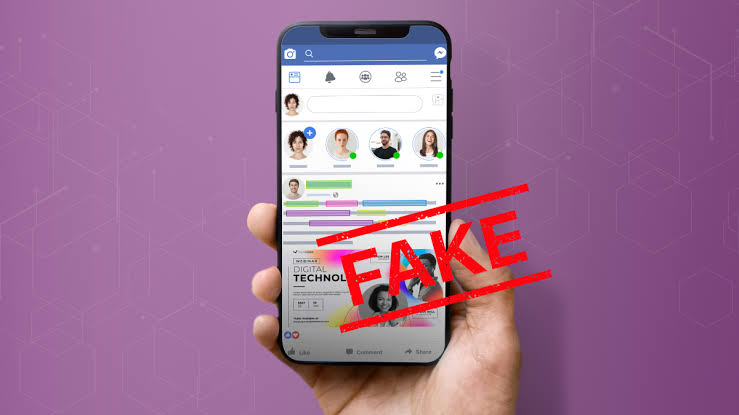Social media accounts have become one of the most powerful tools for communication, business, and personal branding. But with its popularity comes fake accounts.
From impersonators pretending to be celebrities to scammers targeting everyday users, fake profiles can spread misinformation, scam money, or damage reputations. That’s why it’s essential to know how to tell the difference between a genuine account and a fraudulent one.
In this guide, we’ll explore practical steps you can take to spot fake accounts across platforms like Instagram, Facebook, X (Twitter), TikTok, and LinkedIn. We’ll also share common red flags, verification tips, and FAQs to make sure you stay one step ahead of scammers.
Why Fake Accounts Are a Problem
- Scams and fraud: Many fake accounts are set up to trick users into giving money or personal details.
- Misinformation: Bots and impersonators spread false information quickly.
- Reputation damage: Businesses and public figures can lose credibility if people fall for fake profiles.
- Privacy risks: Fake accounts may collect personal data without your knowledge.
Step 1: Check for Verification Badges
- On platforms like Instagram, Facebook, and X (Twitter), verified accounts display a blue checkmark next to the username.
- Be cautious: scammers sometimes add emojis or fake badges to trick people. Always hover or click to confirm it’s an official verification badge.
Step 2: Analyze the Profile Information
- Username: Fake accounts often have random characters, numbers, or misspellings (e.g., @official\_beeyoncee12).
- Bio: Look for vague or copied bios. Real accounts usually have clear personal or business details.
- Links: Suspicious or broken links in bios can be a red flag.
Step 3: Review Content Quality and Consistency
- Real accounts post original, high-quality content that reflects their personality or brand.
- Fake accounts may use stolen photos, low-quality images, or generic stock content.
- Check if posts are consistent with the account’s purpose.
Step 4: Look at Follower and Following Ratios
- Fake accounts often follow thousands of people but have very few followers.
- Watch for sudden spikes in followers, which can indicate purchased bots.
- Engagement should feel natural — 10,000 followers but only 2 likes per post is suspicious.
Step 5: Inspect Comments and Engagement
- Genuine accounts usually have meaningful comments from real people.
- Fake profiles often receive spammy or repetitive comments like “Nice pic” or emojis.
- Some fake accounts may also spam others’ comments sections to get attention.
Step 6: Reverse Image Search Profile Photos
- Use tools like Google Reverse Image Search or TinEye to check if the profile picture appears elsewhere.
- If the same photo is tied to multiple accounts, it’s likely fake.
Step 7: Check Account History
- Look at when the account was created. Very new accounts with little activity should raise suspicion.
- See if old posts match the current persona — sudden changes in identity could mean the account was repurposed.
FAQs About Verifying Social Media Accounts
Are all verified accounts 100% safe?
No. Verification badges reduce risk but don’t guarantee trustworthiness. Always cross-check activity and content.
What should I do if I find fake social media accounts pretending to be me?
Report it immediately to the platform. On Instagram, Facebook, and X, there’s an option to report impersonation accounts.
Can a fake account still have thousands of followers?
Yes. Many scammers buy followers or use bots. Look at engagement quality, not just follower numbers.
Are there tools that automatically detect fake accounts?
Yes. Tools like Botometer (for X), HypeAuditor, and some social media management platforms can help flag suspicious profiles.





